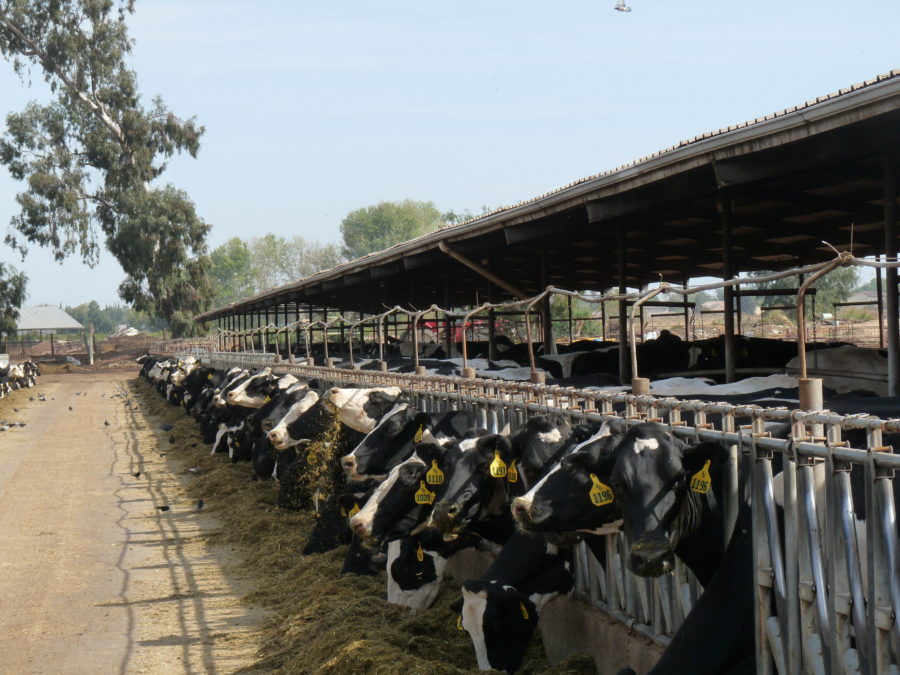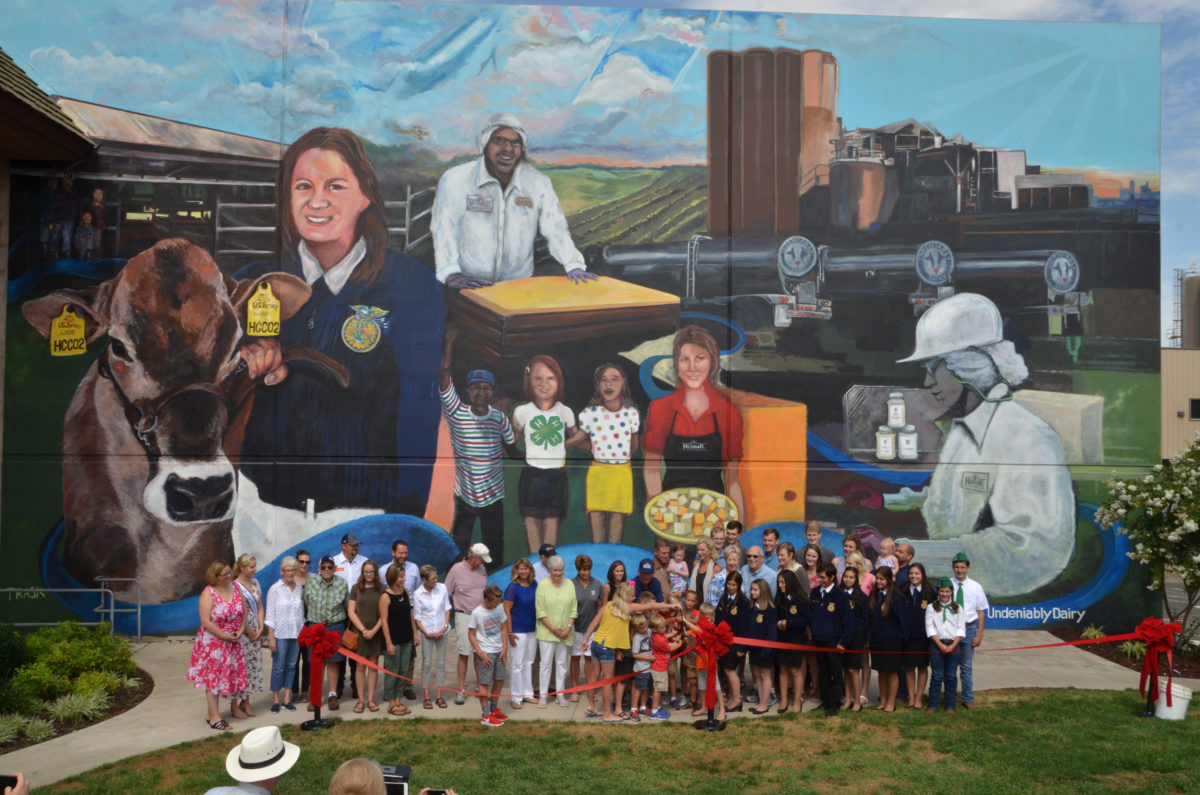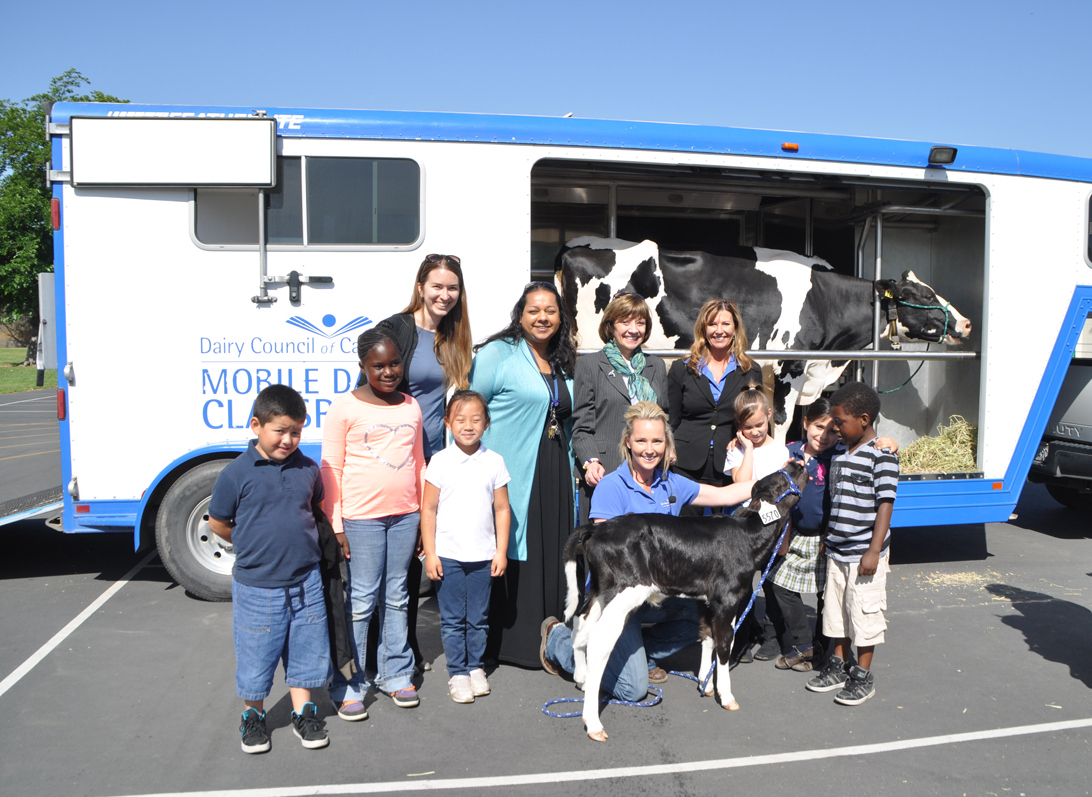Cheese From CA Bring Home Awards
They Earn 50 Awards at American Cheese Society Competition in Richmond, VA
Cow’s milk cheese and dairy processors that use the Real California Milk seal brought home 50 awards from the 2019 annual cheese competition held by the American Cheese Society (ACS), July 31-August 3, 2019 in Richmond, Va.
The American Cheese Society recognizes the finest cheeses and dairy products made in the Americas. A total of 1742 cheese and cultured dairy products were entered the competition. Cheeses made with 100% California cow’s milk had another strong showing this year in a field of 257 processors representing the United States, Canada, Columbia and Venezuela.
California cheesemakers won a total of 81 awards – the second largest showing in the competition – with Real California cow’s milk cheeses bringing home 50 prizes: 19 first-place, 20 second-place and 11 third-place awards in this year’s judging. Highlights from these wins include:
- Marquez Brothers International, Inc., San Jose – 15 awards: 1st place each for Panela (Hispanic and Portuguese Style Cheeses), Crema Agria, Plain Stir Yogurt (Cultured Milk and Cream Products), Guava Drinkable Yogurt, Mango Drinkable Yogurt, Strawberry Banana Drinkable Yogurt, and Strawberry Drinkable Yogurt (Flavored Cheeses/Yogurts & Cultured Products with Flavor Added); 2nd place each for Jocoque (Cultured Milk and Cream Products), Queso Fresco Casero Cheese, Queso Fresco Cremoso Cheese (Hispanic and Portuguese Style Cheeses), Peach Drinkable Yogurt, Piña Colada Drinkable Yogurt, and Strawberry Banana Cereal Smoothie (Flavored Cheeses/Yogurts & Cultured Products with Flavor Added); and 3rd place each for Queso Cotija (Hispanic and Portuguese Style Cheeses) and Guava Stir Yogurt (Flavored Cheeses/Yogurts & Cultured Products with Flavor Added),
- Karoun Dairies, Inc., Turlock – five awards: 1st place each for Brinza Feta (Feta – Cow’s Milk) and Masala Yogurt Dip (Flavored Cheeses/Yogurts & Cultured Products with Flavor Added); 2nd for Bulgarian Yogurt (Cultured Milk and Cream Products); and 3rd each for Whole Milk Yogurt and Armenian Yogurt (Cultured Milk and Cream Products).
- Point Reyes Farmstead Cheese Co., Pt. Reyes – five awards: 1st place each for Point Reyes Bay Blue (Blue Mold Cheeses), The Fork Pimento Cheese and The Fork Original Blue & Date Spread (Flavored Cheeses); and 3rd each for Point Reyes Toma (American Originals) and Point Reyes Tomaprovence (Flavored Cheeses).
- Cowgirl Creamery, Petaluma – four awards: 2nd place each for Fromage Blanc (Fresh Unripened Cheeses), Pierce Point (Flavored Cheeses) and Mt. Tam (Soft Ripened Cheeses); and 3rd for Cottage Cheese (Fresh Unripened Cheeses).
- Rizo-Lopez Foods Inc., Modesto – four awards: 1st place each for RBCC Oaxaca (Hispanic & Portuguese Style Cheeses) and RBCC Queso Cotija (Hispanic & Portuguese Style Cheeses – Ripened, Aged > 90 Days); and 2nd each for Cotija (Hispanic & Portuguese Style Cheese – Ripened, Aged > 90 Days) and RBCC Grilling Cheese (Hispanic & Portuguese Style Cheeses, Cooking Hispanic – Cheeses).
- Sierra Nevada Cheese Company, Willows – four awards*: 1st place for Heroes Greek Yogurt (Cultured Milk and Cream Products); 2nd each for Crème Fraîche (Cultured Milk and Cream) and Russian-Style Fresh Farmer Cheese (Fresh Unripened Cheeses); and 3rd for Organic Traditional Jack (American Originals).
- Oakdale Cheese & Specialties, Oakdale – three awards: 1st place for Aged Gouda (American Made/International Style); and 2nd each for Mild Gouda (American Made/International Style) and Cumin Gouda (Flavored Cheeses).
- Bellwether Farms, Petaluma – two awards*: 1st place for Fromage Blanc (Fresh Unripened Cheeses) and 2nd for Plain Organic Cow Yogurt (Cultured Milk and Cream Products).
- Cal Poly Creamery, San Luis Obispo – two awards: 1st place for Smoked Grand Gouda (Smoked Cheeses) and 3rd for Grand Gouda (American Made/International Style).
- Nicasio Valley Cheese Company, Nicasio – two awards: 2nd place for San Geronimo (Washed Rind Cheeses) and 3rd for Foggy Morning with Garlic and Basil (Flavored Cheeses).
- Central Coast Creamery*, Paso Robles: 2nd place Holey Cow (American Made/International Style).
- Marin French Cheese Company, Petaluma – one award: 3rd place for Triple Crème Brie (Soft Ripened Cheeses).
- Rogue Creamery*, Oregon: 2nd place for Organic Smokey Blue Cheese (Smoked Cheeses).
- Rumiano Cheese Company, Crescent City – one award: 1st place for Dry Jack (American Originals).
In total, 14 cow’s milk cheese and dairy companies won awards for products made with 100% Real California milk from the state’s more than 1200 family dairy farms. California is the second largest cheese producing state in the nation, responsible for more than 2.5 billion pounds of cheese in 2017. Real California cheeses and dairy products can be found at retailers throughout the U.S., Mexico and Asia. For more information, visit: RealCaliforniaMilk.com. For more information on ACS competition winners and the ACS Conference, go to: cheesesociety.org.
* Bellwether Farms, Central Coast Creamery, Rogue Creamery and Sierra Nevada Cheese Company also received awards for cow’s milk and non-cow’s milk cheeses that do not carry the Real California Milk seal.


















